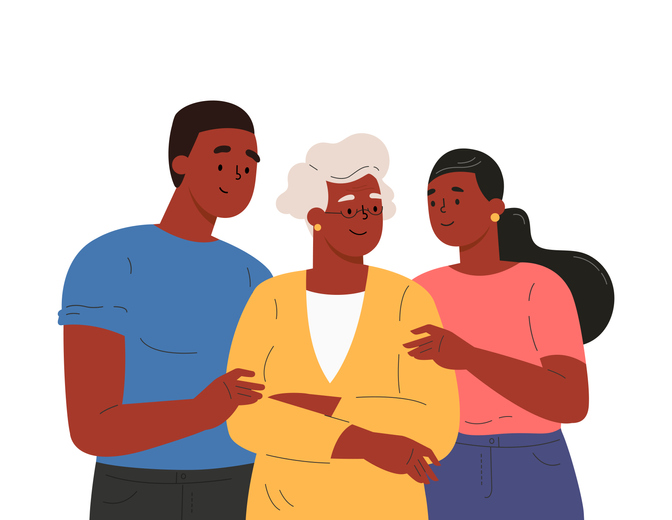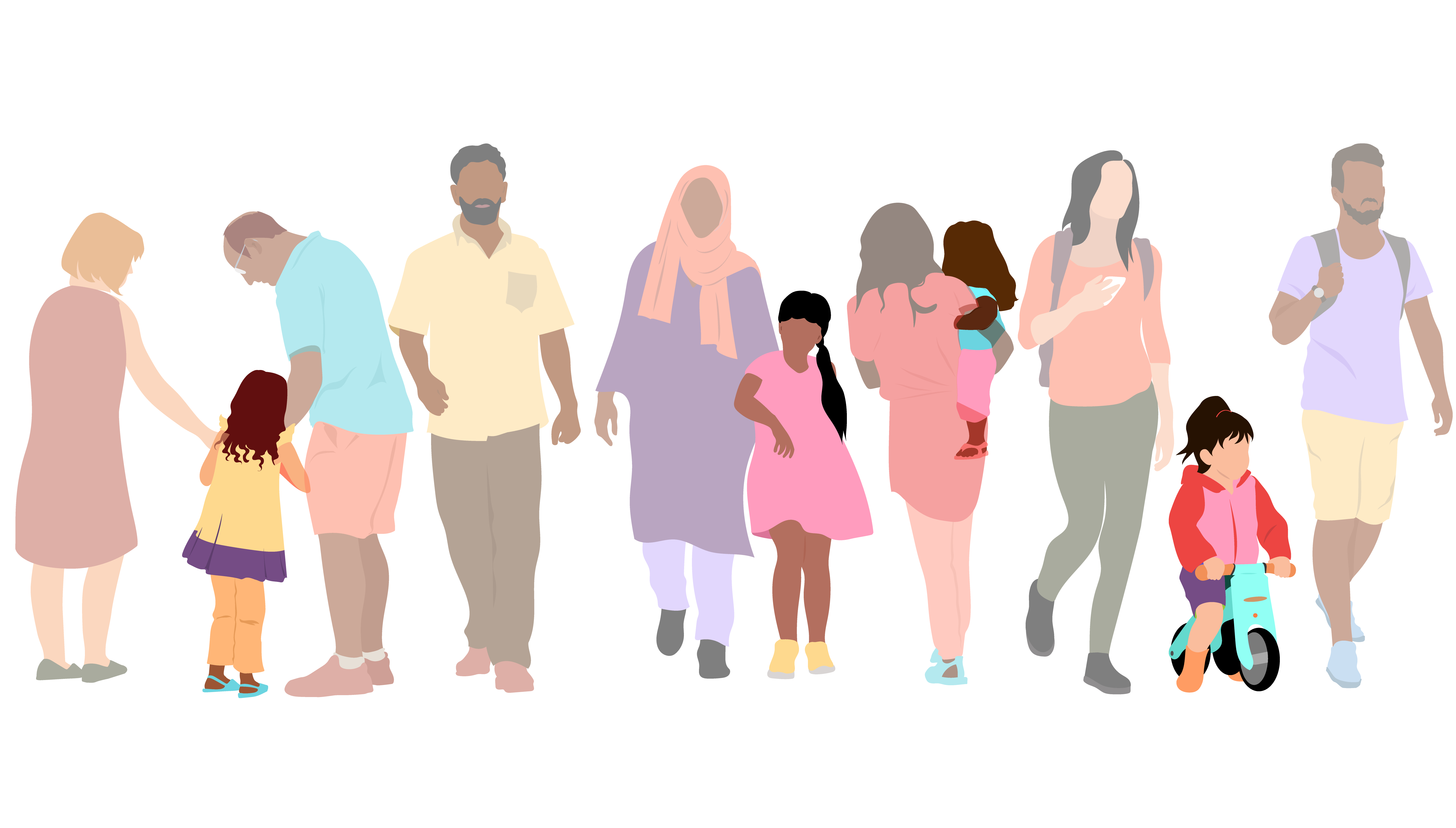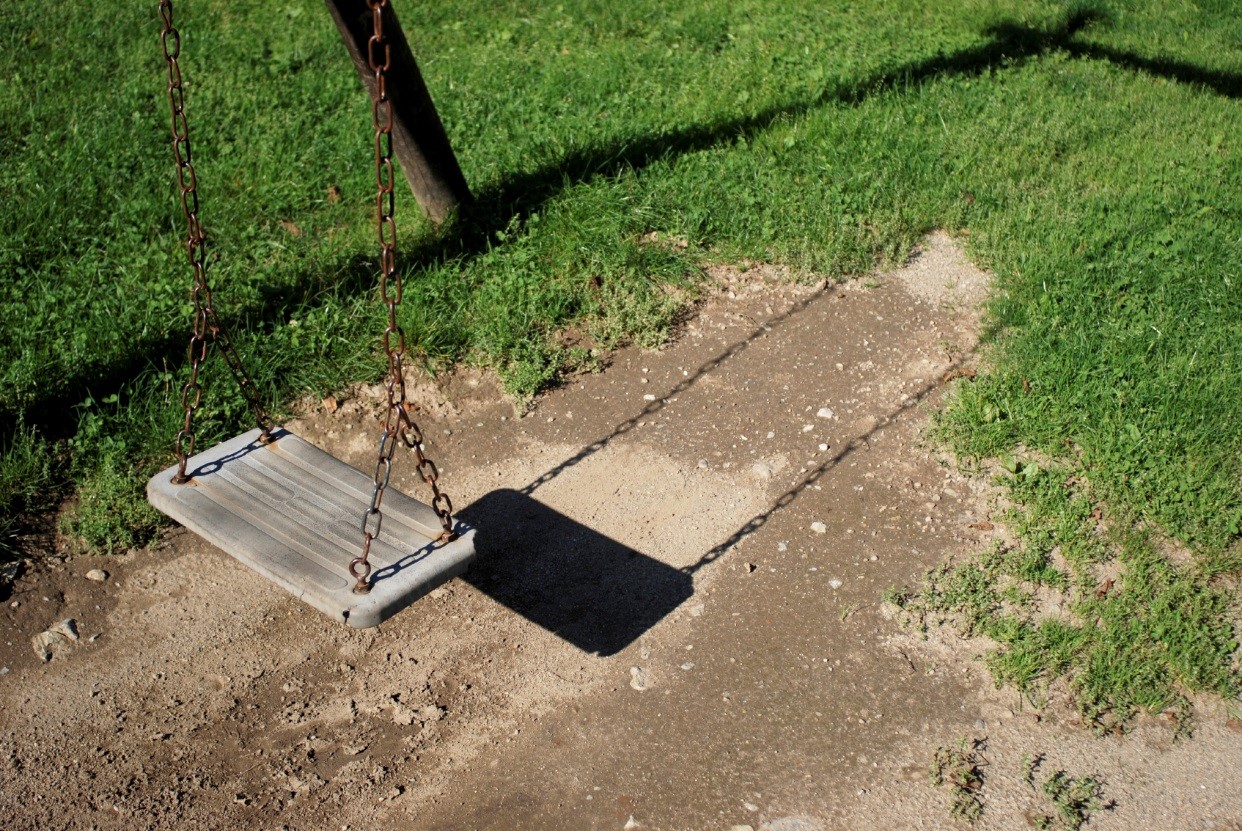What is this dashboard about?
This dashboard displays information about the SeniorLine, a resource where individuals can receive information about services and programs for older adults in Allegheny County. SeniorLine care managers typically discuss:
- Senior center activities
- Care management
- Support for caregivers
- In-home services
- Transportation assistance
- Assistance with medication management
- Utility assistance
- Property tax and rent rebate assistance
SeniorLine Care Managers are available Monday through Friday from 8:30 am to 4:30 pm at 412-350-5460.
What data is available?
The dashboard includes detailed information about SeniorLine interactions and communications, including call times, context, outcomes, and users. Typical callers are individuals 60 years of age or older, their families and caregivers, and other sources of support. Most individuals live within Allegheny County but there are some calls concerning people living outside of the county.
The dashboard is updated at the end of every month.









